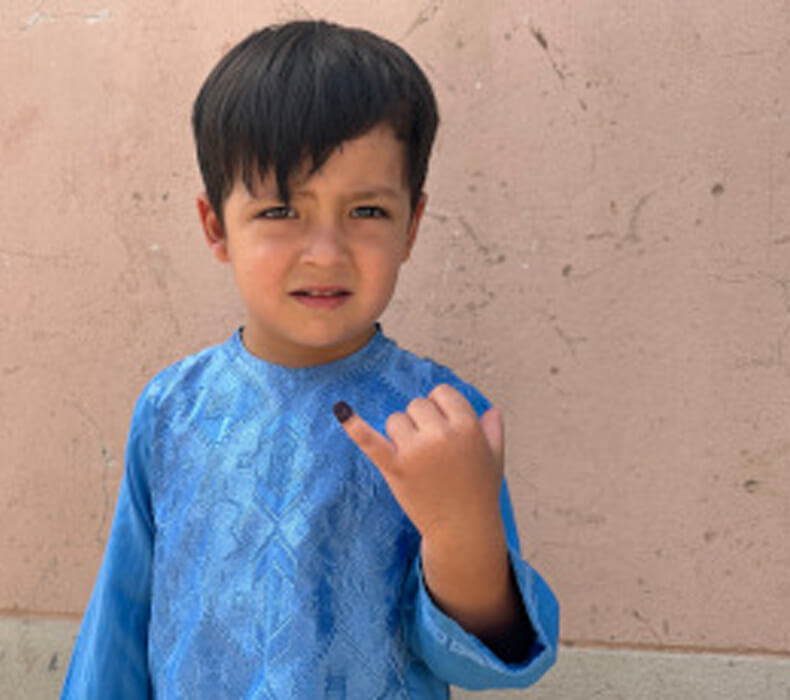Transition planning is a critical part of preparing for a polio-free world. The polio transition process aims to secure the infrastructure set up to eradicate polio and use it to support stronger, more resilient health systems. Over many years, the GPEI has built significant infrastructure for disease surveillance, social mobilization, and vaccine delivery; developed in-depth knowledge and expertise; and learned valuable lessons
about reaching the most vulnerable and hard-to-reach populations on earth.
As we come closer to eradicing polio, GPEI resources are being redirected away from polio-free countries to focus on achieving the two core goals of the Polio Eradication Strategy 2022-2026 – eradicating wild polio and responding to polio outbreaks. In polio-free countries, WHO and UNICEF, together with the national governments are working to ensure that critical infrastructure is transitioned to support broader health priorities. This will ensure that the most vital assets and staff are sustained to support health systems far into the future, especially in the areas of essential immunization, emergency preparedness and response and keeping the world polio-free.
